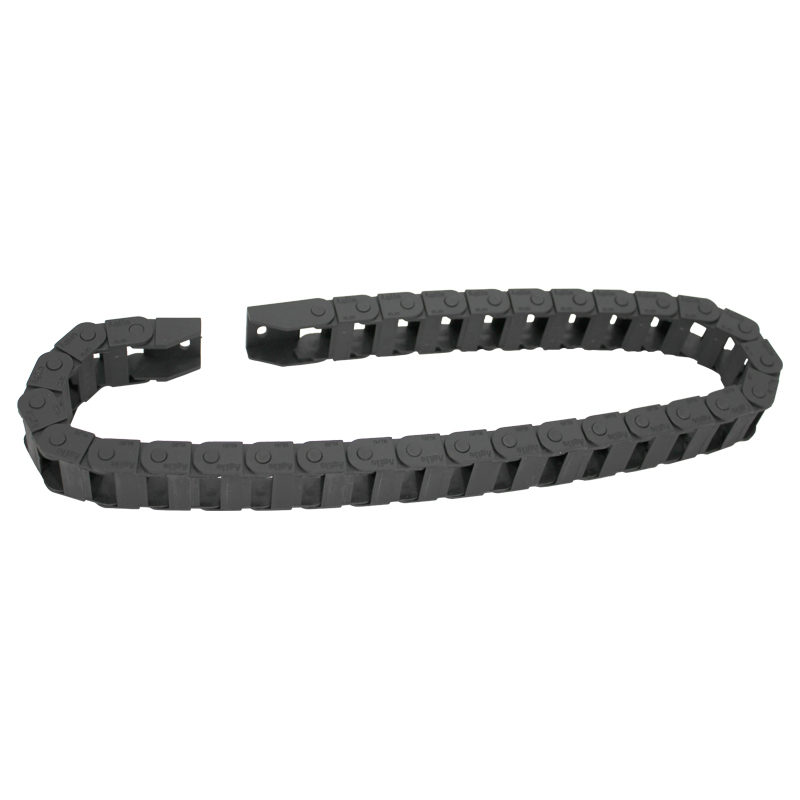cable & hose carriers
Cable and Hose Carriers Essential Components for Modern Machinery
In the world of industrial machinery and automation, efficiency and safety are paramount. One often overlooked yet critical component that plays a significant role in achieving these goals is the cable and hose carrier. Often referred to as drag chains or energy chains, these systems are designed to manage the movement of cables and hoses in a way that minimizes wear and tear, maximizes safety, and enhances the operational efficiency of machines.
Cable and Hose Carriers Essential Components for Modern Machinery
One of the primary advantages of using cable and hose carriers is their ability to significantly reduce cable wear. In many industrial applications, cables and hoses are subject to constant movement, bending, and tension. This repeated stress can lead to premature failure, resulting in costly downtime and repairs. By utilizing a drag chain system, manufacturers can ensure that cables and hoses are guided along designated paths, preventing them from being pinched, crushed, or kinked. This protective function greatly enhances the lifespan of the cables and hoses, which ultimately contributes to overall operational efficiency.
cable & hose carriers

Furthermore, cable and hose carriers help to organize and streamline the layout of machinery. By containing multiple cables and hoses within a single carrier, manufacturers can eliminate clutter and reduce the risk of entanglement, which can not only hinder performance but also pose safety hazards. A well-organized setup allows for easier maintenance and troubleshooting, as technicians can quickly identify and access the necessary components without the inconvenience of navigating through a tangle of wires.
In addition to enhancing functionality and safety, cable and hose carriers come in various designs and materials to meet the specific needs of different applications. For instance, some carriers are designed for heavy-duty industrial environments, made from robust materials that can withstand harsh conditions such as extreme temperatures, oil exposure, or heavy loads. Others may be lightweight and flexible, catering to mobile machinery or applications where agility is essential.
Moreover, advancements in technology have led to the development of customizable cable and hose carriers. Manufacturers can tailor these carriers to fit the unique specifications of their machinery, including length, width, and the types of cables or hoses to be housed. This customization ensures that the carriers not only protect their contents but also integrate seamlessly into the equipment design.
In conclusion, cable and hose carriers are vital components that contribute to the efficiency, safety, and longevity of modern machinery. By protecting flexible cables and hoses from wear and tear, organizing their layout, and allowing for customization, these systems help to streamline operations across a multitude of industries. As automation and manufacturing processes continue to evolve, the importance of reliable cable and hose carriers will undoubtedly remain at the forefront of engineering design and innovation.








